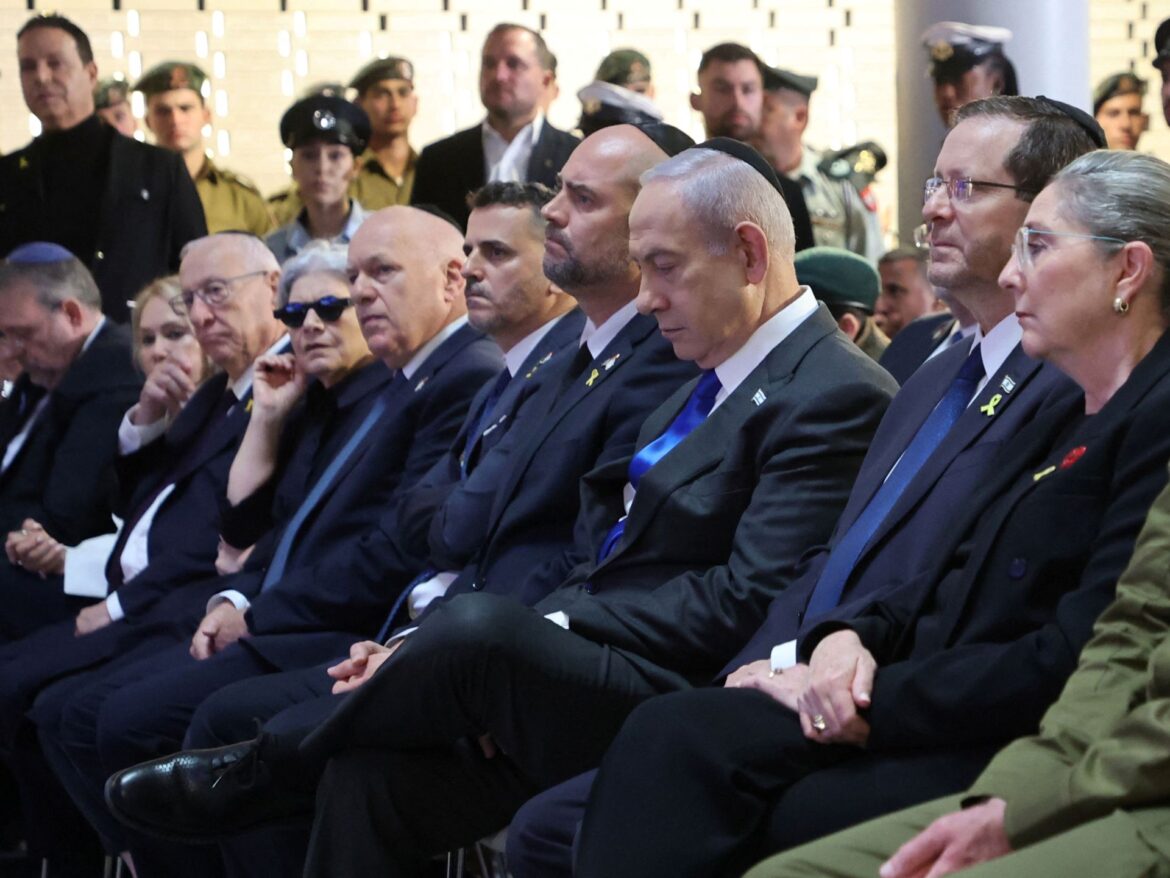The Israeli government’s divisions over the war on the Gaza Strip came to light this week, after Defense Minister Yoav Galant asked Prime Minister Benjamin Netanyahu to present a clear strategy as the army returns to fighting in areas where it had announced months ago that it had achieved its goals.
In a Reuters analysis, Gallant’s statements – who said he would not agree to the formation of a military government to manage the Strip – reflect the growing concern in the corridors of the Israeli security establishment about Netanyahu’s lack of a specific vision about who will manage the Strip on what Israel calls “the day after the war.”
His statements also highlighted the sharp division between the two former generals and members of the Israeli war council belonging to the centrist movement, Benny Gantz and Gadi Eisenkot – who supported Galant’s call – and the extreme right-wing nationalist religious parties – led by Finance Minister Bezalel Smotrich and National Security Minister Itamar Ben Gvir – which condemned Comments.
The right-wing newspaper “Israel Hayom” wrote the editorial title of its issue issued yesterday, Thursday, “This is not the way to conduct a war,” accompanied by a picture of Netanyahu and Gallant looking in different directions.
With the exception of dismantling the Islamic Resistance Movement (Hamas) and returning those detained by the resistance, Netanyahu did not specify any clear strategic goal to end the war that resulted in the martyrdom of more than 35,000 Palestinians and tens of thousands of wounded, missing, and displaced people.
Netanyahu, who is struggling to maintain the ruling coalition whose divisions are increasing, has so far stuck to his pledge to achieve what he calls complete victory in Gaza.
Yossi Michelberg, a participant in the Middle East and North Africa program at the Chatham House Institute of International Affairs, said: “The options Israel has are either to end the war and withdraw, or to form a military government to manage everything there, and to control the entire region for a period of time.” He knows its end, because as soon as they leave an area, Hamas will appear again.”
Guerrilla war
Gallant’s refusal to consider any form of permanent military rule reflects the material and political costs of an operation that would severely exhaust the army and the economy, which brings to mind memories of the years-long Israeli occupation of southern Lebanon after the 1982 war, according to Reuters.
Yedioth Ahronoth – the most widely circulated Israeli newspaper – quoted a secret assessment of the defense establishment on Friday, stating that the cost of maintaining a military government in the Gaza Strip is estimated at about 20 billion shekels ($5.43 billion) annually, in addition to the costs of reconstruction.
The newspaper added that the needs for additional forces will withdraw forces away from the northern border with Lebanon and from central Israel as well, and will mean a sharp increase in reserve service.
Former intelligence officer and one of the most prominent Israeli experts on Hamas affairs, Michael Milstein, said that full control of Gaza would likely require 4 battalions, or about 50,000 soldiers.
While the occupation claims that it killed thousands of Hamas members, and that most of the brigades disbanded, smaller groups appeared in areas from which the occupation army withdrew in the early stages of the war.
Milstein said of Hamas, “It is a very flexible organization, and it can adapt very quickly. They have adopted new styles of guerrilla warfare.”
friendly fire
The expected cost of a prolonged conflict became apparent last Wednesday when an Israeli tank killed 5 Israeli soldiers with “friendly fire” during fierce battles in the Jabalia area, north of Gaza City, an area where the occupation said last January that it had dismantled the military structure of Hamas after weeks of fighting. .
He stated at the time that militants were still present in Jabalia, but were operating “without a structure and without leaders.” The occupation said on Friday that it was carrying out an attack in Jabalia, where forces were fighting in the center of the city, noting that more than 60 soldiers were killed and dozens of long-range missiles were found.
Israeli army spokesman Admiral Daniel Hagari said that the army’s mission is to “dismantle these places to which Hamas returns and is trying to reorganize itself,” but he stated that any question about an alternative government to Hamas would be a matter to be decided at the political level.



